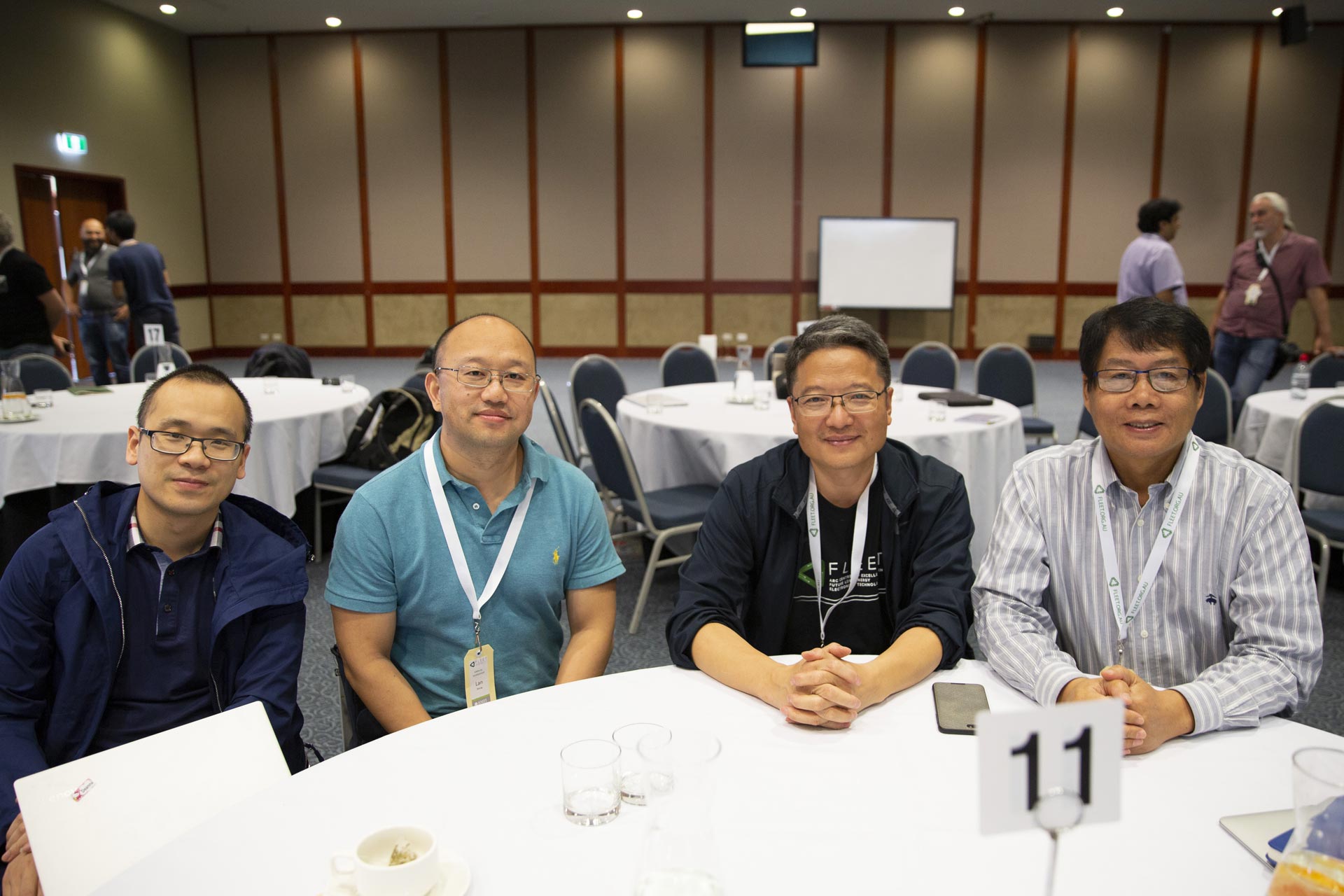
Case
Study
Using protons to
tune interlayer coupling
Interlayer coupling in vdW material Fe3GeTe2 successfully increased by insertion of protons
FLEET led an international collaboration that demonstrated for the first time that interlayer coupling in a van der Waals (vdW) material can be largely modulated by a ‘protonic gate’, which injects protons into devices.
The discovery opens the way to exciting new uses of vdW materials, with insertion of protons an important new technique, now available for the wider two-dimensional (2D) materials research community.
Van der Waals materials, of which graphite is the most famous, are made of many 2D layers held together by weak, electrostatic forces.
Individual layers of vdW materials can be isolated individually, such as the famous Scotch tape method of producing graphene, or stacked with other materials to form new structures.
"But the same weak interlayer forces that make vdW materials so easy to separate also limit these materials’ applications in future technology,” explains the study’s first author, FLEET Research Fellow Dr Guolin Zheng.

International nanofabrication collaboration: RMIT's Jian-zhen Ou and Lan Wang with Mingliang Tian (CAS High Magnetic Field Laboratory) and Xiaolin Wang (University of Wollongong)
Stronger interlayer coupling in vdW materials would significantly increase potential use in high-temperature devices utilising quantum anomalous Hall effect and in 2D multiferroics.
The new study demonstrated that coupling in a vdW material, Fe3GeTe2 (FGT) nanoflakes, can be largely modulated by a protonic gate, which injects protons into devices from an ionic solid.
With the increased number of protons among layers, interlayer magnetic coupling increases.
“Most strikingly, with more protons inserted at a higher gate voltage, we observed a rarely seen zero-field-cooled exchange bias with very large values,” says co-author A/Prof Lan Wang.
The successful realisation of both field-cooled and zero-field-cooled exchange bias in FGT implies the interlayer coupling can be largely modulated by gate-induced proton insertion, opening the road to many applications of vdW materials requiring strong interface coupling.
The study was led by FLEET researchers at RMIT University, in an ongoing collaboration with FLEET partner organisation High Magnetic Field Laboratory, Chinese Academy of Sciences (CAS).

Hall-bar device on solid proton conductor used for measurements, and electrical response to changing temperature and magnetic field.
This research relates to FLEET milestones 1.7. See page 13 of Strategic Plan
The study was published in APS Physical Review Letters in July 2020 (see Publications)
The same weak, interlayer forces that make vdW materials so easy to separate also limit these materials’ applications in future technology.
First author, FLEET Research Fellow
Dr Guolin Zheng (RMIT)
Did you know...
Van-der-Waals materials are those held together by vdW forces—weak bonding forces between nearby molecules. These same forces are what allows a gecko's feet to stick to the wall as it climbs.







